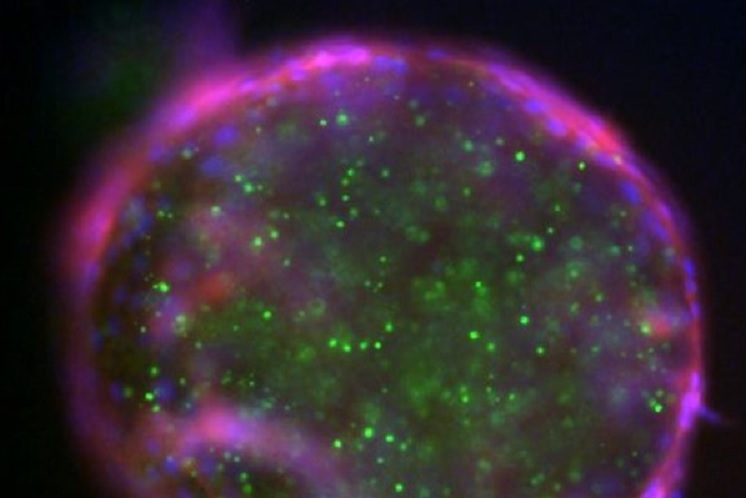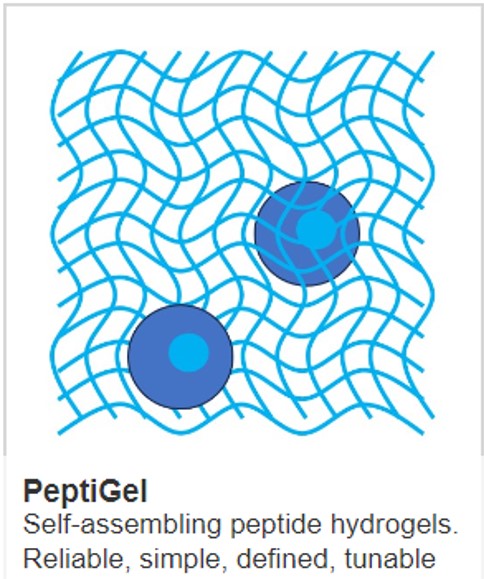Burst release: what is it and how can it be addressed?

Depot formulations combine an active substance with an excipient to provide controlled release of the active substance over a sustained period of time. Burst release is uncontrolled release which occurs when a large proportion of the active substance in a depot formulation is rapidly released in the first few minutes and hours. Following burst release, a more constant, slow release is then achieved.
Depot formulations are most widely used for dosing of drugs but they are also important in cell culture to provide a constant supply of growth factors. As with drugs, growth factors used in cell culture rapidly degrade. This means they need to be frequently replaced; particularly unstable growth factors require refreshing every day. However, as growth factors are constantly depleted and replaced, the cycling between high and low availability can stress cells.
Depot formulations are designed to remedy the problem by providing more constant availability of the growth factor over time. Depot formulations combine the growth factor with a structural excipient. The active cargo is released by diffusion, where the structural excipient remains intact and the growth factor diffuses, or via matrix dissolution in which the matrix is degraded to release the cargo. Typically, for biodegradable excipients, a combination of diffusion and matrix dissolution is at play.
Perhaps the most widely used depot formulation utilizes microgels (also called hydrogel microspheres). Microgels are admixtures of hydrogels, such as alginate, and growth factors. Microgels slowly release growth factors. But they are also prone to burst release.
What causes this burst release?
Burst release is caused by surface tension effects when the microgels are formed. This causes a large proportion of the growth factor to accumulate on the surface when the microgel is formed. When the microgel is added to cell culture, the surface-located growth factors are immediately released. This results in 25-30% of the cargo dissipating over the first few hours.
How can burst release be fixed?
Microgels generate burst release because of the way fluids behave when the microgels are formed which creates surface tension effects. One way to overcome this would be to combine microgels within larger microgels, thereby reducing the proportion of growth factor at the surface. But a better alternative to microgels is provided by PODS®. These protein crystals are formed by an additive process that slowly builds up layers of a protein matrix excipient with the growth factor. PODS® do not have accumulation of the growth factor on their surface and therefore do not suffer from burst release. PODS® may also be simply combined into hydrogels to generate composite material in which the PODS® crystal is contained within the microgel. This further slows the release of the cargo and provides different handling characteristics.
At Cell Guidance Systems, we have been working on PODS® to improve the way that cytokines and other growth factors are delivered to cells, whether in simple 2D cell culture systems or in more complex 3D and in-vivo applications. If you need better results from your cells, PODS® can help.
IMAGE PODS containing GFP in a microgel (Credit Cell Guidance Systems)



